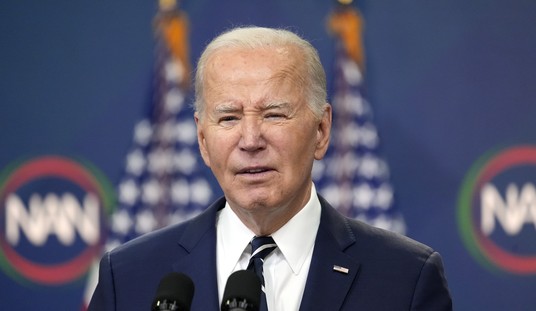Before anybody tries to change the world to save polar bears, which the Department of Interior listed as "threatened" last week, somebody should figure out how many polar bears there are.
When the world's foremost polar bear scientists gathered in Alaska in 1965 for their first international meeting, they confronted a cold fact: They did not know.
Edward Carlson, then-chief of wildlife research at the U.S. Department of Interior, opened the session by quoting a speech by Sen. E.L. "Bob" Bartlett, D-Alaska, who hosted the conference.
"I am informed that at the present time there are no accurate or reliable figures available on the total world polar bear population or on the size of the annual kill," Bartlett had said.
The Canadian delegation, according to the meeting's proceedings, summarized the varying extant estimates.
"Scott and others (1959) concluded that about 2,000 to 2,500 polar bears existed near the Alaskan coast," said the Canadians. "By extrapolation, they arrived at a total polar bear population of 17,000 to 19,000 animals. Vspensky (1961) estimated the world polar bear population at 5,000 to 8,000 animals. Harington (1964) ... believes the world polar bear population is well over 10,000."
That was state-of-the-art polar-bear science four decades ago.
In 1968, the International Union for the Conservation of Nature (IUCN), following up on the Alaska meeting, convened the "first official meeting" of its global Polar Bear Specialist Group. "Top on the list of research priorities is the urgent need for more precise knowledge about the size of the world's polar bear population," said a report on the meeting in the IUCN Bulletin.
Recommended
In 1970, after IUCN's second global polar bear meeting, the scientists said in a statement that "insufficient data were presented on which to base precise estimates on the abundance of the species."
In 1972, they said, "No estimate of the total bear population was made by the meeting, but bears in some regions were reported as abundant and in certain regions as needing greater protection."
In 1993, their press release noted, "The state of knowledge of individual subpopulations ranges from good to almost nothing." Then it said that "the world population of polar bears was thought to be between about 21,000 and 28,000."
In other words, it "was thought" in 1993 that the lower range for the polar bear population was 2,000 bears greater than the upper range estimated in 1959.
In 1997, the experts lifted the lower range by 1,000 bears and dropped the upper range by 1,000. "In summary," said their release, "the world population of polar bears was thought to be between about 22,000 and 27,000."
In 2001, they restated the same lower-range estimate: "The current minimum estimate of the total number of polar bears occupying the 20 distinct populations in the circumpolar Arctic is 22,000."
At their 2005 meeting, the last with published proceedings, the experts had an interesting discussion about what kinds of estimates should be including in a "status" table describing the polar bear population.
"There was considerable debate and disagreement about the use of point estimates for subpopulations that we really do not know much about," said the proceedings.
"There was further discussion and some agreement that there should be separate columns for estimates based on science and estimates based on something else," it said.
"Something else"? What "something" other than science might a polar bear scientist be tempted to use in estimating the polar bear population?
Well, "TEK" for one. "There was some confusion as to how the estimates based on TEK were derived," said the proceedings.
Now, "TEK" may look like an acronym for something technical -- but it isn't. It is "traditional ecological knowledge" -- or what local people say about polar bears. In some cases, researchers run "simulations based on the minimum size necessary to support local knowledge of subpopulation trends," said the proceedings, noting that estimates like these "have unknown and in most case inestimable errors."
In the end, the scientists wisely punted on presenting a conclusion about the polar-bear population trend for six of the 19 subpopulations they now believe exist, saying the data was "deficient" in these areas. "No subpopulation inventories have been conducted in East Greenland and therefore the size of the population is not known," said their population "status table," for example.
However, the report did say: "The total number of polar bears worldwide is estimated to be 20,000-25,000."
Almost 50 years ago, polar bear scientists first estimated there might be as many as 19,000 polar bears. Three years ago, they estimated there might be as few as 20,000.
Who knows? By the time the government decrees polar bears not merely threatened, but endangered, there may be as few as 30,000 roaming the Arctic wastes.

























Join the conversation as a VIP Member